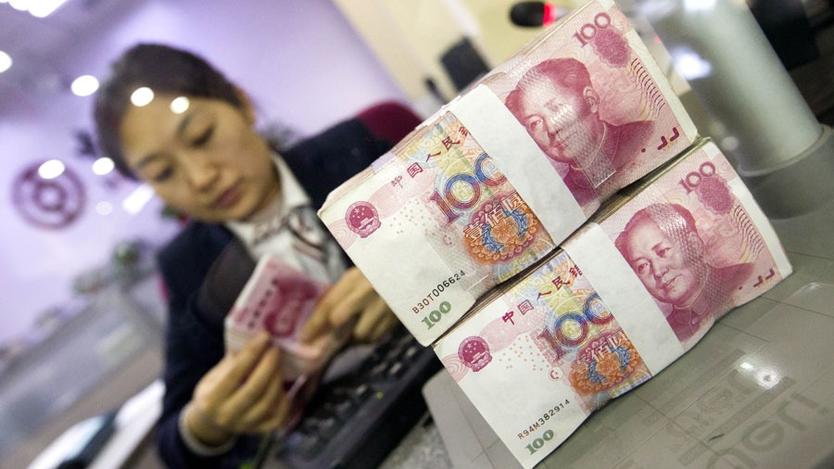 A cashier at a bank in Taiyuan, Shanxi province counts renminbi notes. (Photo / China News Service)
A cashier at a bank in Taiyuan, Shanxi province counts renminbi notes. (Photo / China News Service)
China will keep monetary conditions accommodative and guide market lending rates even lower to solidify the country's economic recovery, officials said on Wednesday.
Zou Lan, head of the monetary policy department at the People's Bank of China, said the central bank will make reasonable use of policy tools to keep liquidity conditions reasonably ample and further encourage financial institutions to reduce corporate financing costs.
The Chinese economy has recovered with marginal improvements in major economic indicators.
Zou Lan, head of the monetary policy department at the People’s Bank of China
Efforts will also be made to finance more infrastructure investment, all to create monetary and financial conditions accommodative for economic recovery, Zou said at a news conference on Wednesday.
"The Chinese economy has recovered with marginal improvements in major economic indicators," Zou said.
But the foundation of the recovery remains shaky as uncertainties persist in the second half, making policy efforts to bolster incomes, expectations and confidence in the real economy critical, Zou said.
Specifically, he said the central bank will deepen market-based reforms on interest rates to translate lower deposit rates into reductions in lending rates, helping market entities to benefit more from eased financing burdens.
Lower deposit rates can help tamp down lending rates by reducing funding costs of banks, experts said.
In April, the PBOC guided banks to form a market-based adjustment mechanism for deposit rates. Thanks to the mechanism, the weighted average interest rate of new deposits dropped to about 2.32 percent in June, down 0.12 percentage point from April.
Meanwhile, the average interest rate of corporate loans came in at 4.32 percent during the January-June period, down 0.31 percentage point year-on-year, hitting a record low, official data showed.
Due to economic downward pressure and countercyclical policy adjustments, the country's macro leverage level, or the debt-to-GDP ratio, came in at 277.1 percent as of the first quarter of the year, up by 4.6 percentage points from the end of 2021, according to the central bank.
Despite the rise in the leverage ratio, Sun Tianqi, head of the financial stability bureau at the PBOC, said the country's financial risks are overall controllable as 99 percent of assets of the banking industry are considered safe.
Among the 4,398 banking institutions covered by the central bank's fourth-quarter risk evaluation, 316 banking institutions were considered facing high risks, whose asset scale only accounted for 1 percent of the whole industry, Sun said.
Zou added that the PBOC will continue to formulate monetary policy mainly based on domestic factors. The central bank has made precautionary moves to mitigate the potential spillover effects of monetary tightening by major economies.
The liquidity level in the banking system is now reasonably ample and even slightly loose, Zou said, adding that the central bank may maintain ample liquidity conditions to support credit expansion of the real economy.


